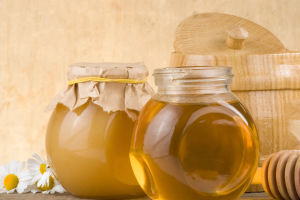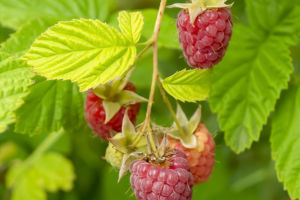When you walk into the market or supermarket and see all kinds of fruits, have you ever been confused about how to choose a good orange? Picking an orange that is ripe, juicy, and tasty is no easy task.
However, you can become an expert at orange picking if you know a few simple tricks.
First, observe the appearance. A good orange should have a bright, full color. Ripe oranges are usually rich oranges rather than yellow or green.
In addition, you should also pay attention to the glossy surface of the orange. A smooth, shiny orange tends to be more ripe and juicy than a dull one.
Second, touch the orange with your hands. When you press lightly on the surface of the orange, it should have some springiness. If the orange is too hard or too soft, it may not be a good choice.
Hard oranges may not be fully ripe, while oranges that are too soft may be overripe. Alternatively, you can try to hold the orange and feel its weight. A heavy orange usually means it's full of juice.
In addition, smelling the aroma of oranges is also an important step. A ripe orange should have a strong orange aroma. When you are near an orange, try to smell it, if you can smell a pleasant orange aroma, that is a good sign.
Finally, you can check the internal quality of an orange by peeling it. A good orange should have juicy pulp with no signs of drying out or rotting.
The peel should be relatively easy to peel without being overly sticky. When you peel an orange, you can tell its ripeness by the color and texture of the pulp. Ripe oranges usually have pale orange flesh with a moist and juicy texture.
It is very important to assess the quality of oranges by looking at them, touching, smelling, and peeling them. Of course, everyone's preference for oranges may be different, some people like oranges that are tart, while others like them sweeter.
So the most important thing is to choose according to personal taste. Hopefully, these tips will help you pick the perfect orange so you can enjoy all the flavors of this delicious fruit!
Certainly! In addition to looking, touching, smelling, and peeling, there are a few other indicators that can help you pick a good orange.
1. Weight: Good oranges are usually heavy. You can hold different oranges in your hand and compare their weight. Heavier oranges generally mean they have more juice and a juicier taste.
2. Stem: Observe the stalk at the top of the orange. A healthy orange should have a full and slightly raised stalk. If the stalks are dry, wilted, or broken, that could be a bad sign.
3. Types of oranges: Different types of oranges have different characteristics and tastes. Navel oranges, for example, are often sweet, while blood oranges have distinctive red flesh. Learn about the characteristics of different types of oranges and choose according to your preferences.
4. Seasonality: The seasonality of oranges is also a consideration. Fresh oranges tend to taste better in the season because they can ripen on the tree and stay fresh longer. Knowing the season of oranges and buying them in the corresponding season can get better taste and quality.
5. Sourcing and Quality: Choosing oranges from reliable suppliers or farms is key to ensuring quality. If you can find oranges that are organic or have lower levels of pesticide residue, that's a better option.
Remember to combine these factors when picking oranges to ensure you get the best oranges. The most important thing is to trust your own feelings and taste preferences because everyone's taste for oranges is different. Good luck picking up some delicious and enjoying them!


